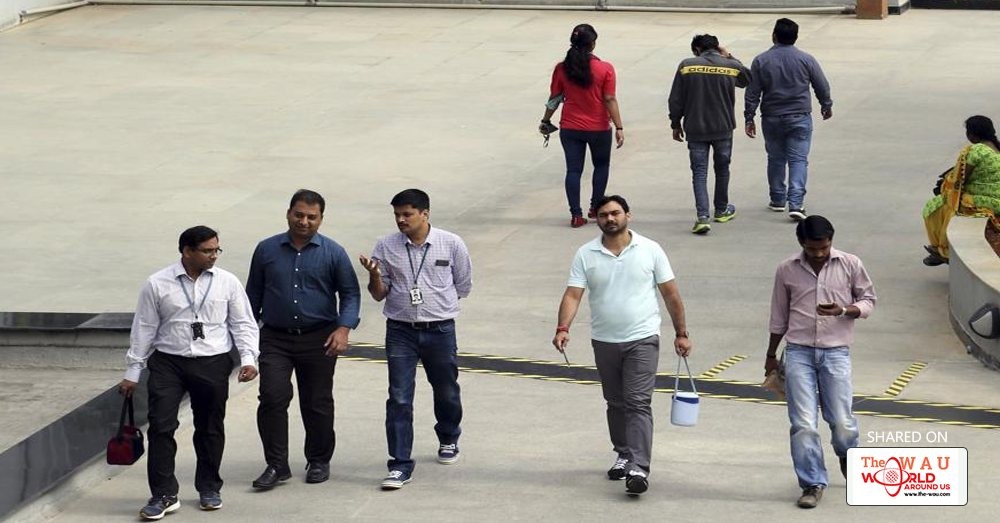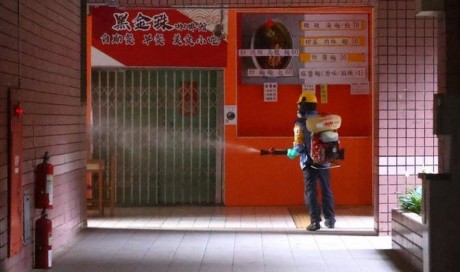This has been an uneasy week for the “great Indian middle class” — especially for those who think that history is full of lessons and irony. When the Soviet Union dissolved in the winter of 1991, a pronounced ideological shock wave ripped through India’s then incipient middle class. Their assured world of the mixed economy, the pre-eminence of government jobs, the commanding heights of the public sector and the boring world of Doordarshan news began to wobble.
But after a few years of social and psychological disorientation, there was a surging return. By the late 1990s, the Indian middle class acquired a new story based on market-led growth, jobs for the asking in the private sector, the fresh youthful economic energies unleashed by digital technologies and, above all, the rise and rise of aspirational thinking. Children were not only expected to be financially better off than their parent’s generation but the outlook was going to be global rather than local.
In all these changes, the United States and Americanism acquired the full force of a powerful winning imagination. The US, for the Indian middle class, beckoned not simply as a place to go to, but became the desired future itself. More so, the manner in which Indian students vigorously and ambitiously sought educational prospects in American universities. Interest in clearing the SAT and TOFEL easily surpassed the previous middle class enthusiasm for the UPSC, more popularly called the IAS exam.
From the early 2000s, for many, getting a loan, admitting oneself into an American university and then taking up a job in the US was a neat hop,skip and jump formula for landing the coveted Green Card. From about 65,000 in 1995, the number of Indians leaving for the US had gone past 100,000 by 2014, riding primarily on the H-1B visa programme. Americanism acted as a psychological and ideological frontier for the Indian middle class – providing a mix of hope, opportunity, aspiration and the idea of a better future.
But last week, globalisation was dealt an unceremonious set of legal twists. While Brexit and Trump had already raised anxieties, the final blow was delivered with the executive decision to tweak the H-1B rules. This was, as if on cue, followed by the Australians scrapping the 457 visa programme and New Zealand’s decision to institute the “Kiwi first” programme. Indians account for nearly a third of the visa holders under Australia’s 457 category of visas for foreign skilled workers, while 85% of the H-1B visas issued in the information technology sector in the US goes to Indians.
Earlier, the UK, where about 60% of visas for foreign skilled workers are held by Indians, has also tightened its entry rules by raising the salary thresholds for employing outsiders. It had already begun the process of making it impossible for Indian students to exceed their stay through jobs. Singapore, another popular destination for the upwardly mobile Indian middle class, has ordered its companies to advertise any vacancy for two weeks before seeking employment passes for jobseekers from overseas.

While shrinking job prospects in the advanced West have been making headlines, few have paid attention to what is happening in the oil-producing Gulf region that has been a preferred destination for many unskilled or semi-skilled Indian workers from relatively lower economic strata. Jobs for Indians in the Gulf region fell sharply by 33% in 2016. For many Indians, the petrodollar dream is fast drying up. Remittances, according to World Bank estimates, saw an 8.9% drop in 2016, recording a contraction for the second straight year.
The great Indian middle class must now reconcile to the fact that ‘globalisation as we know it’ is dead. It needs a fresh and hopeful script for its growth story. But while it reworks its ideas about the neo-liberal moment, there is one house fire that needs to be immediately doused ─ higher education. Many students will be returning from universities abroad with unpayable loans and many will be unable to find the quality within India that they so critically desire to create new futures.
It is no secret that higher education in India is in a mess and the private sector is in no way anywhere close to closing the gap between expectation, education and employment. If the recent tumult in Panjab University over a steep hike in fees is any indication, the rising costs of education and the lack of jobs to cover loans is potentially the most dangerous political challenge that stares at this government and the ruling political class. We will be ignoring it, if we choose to, at our own peril.
Share This Post












